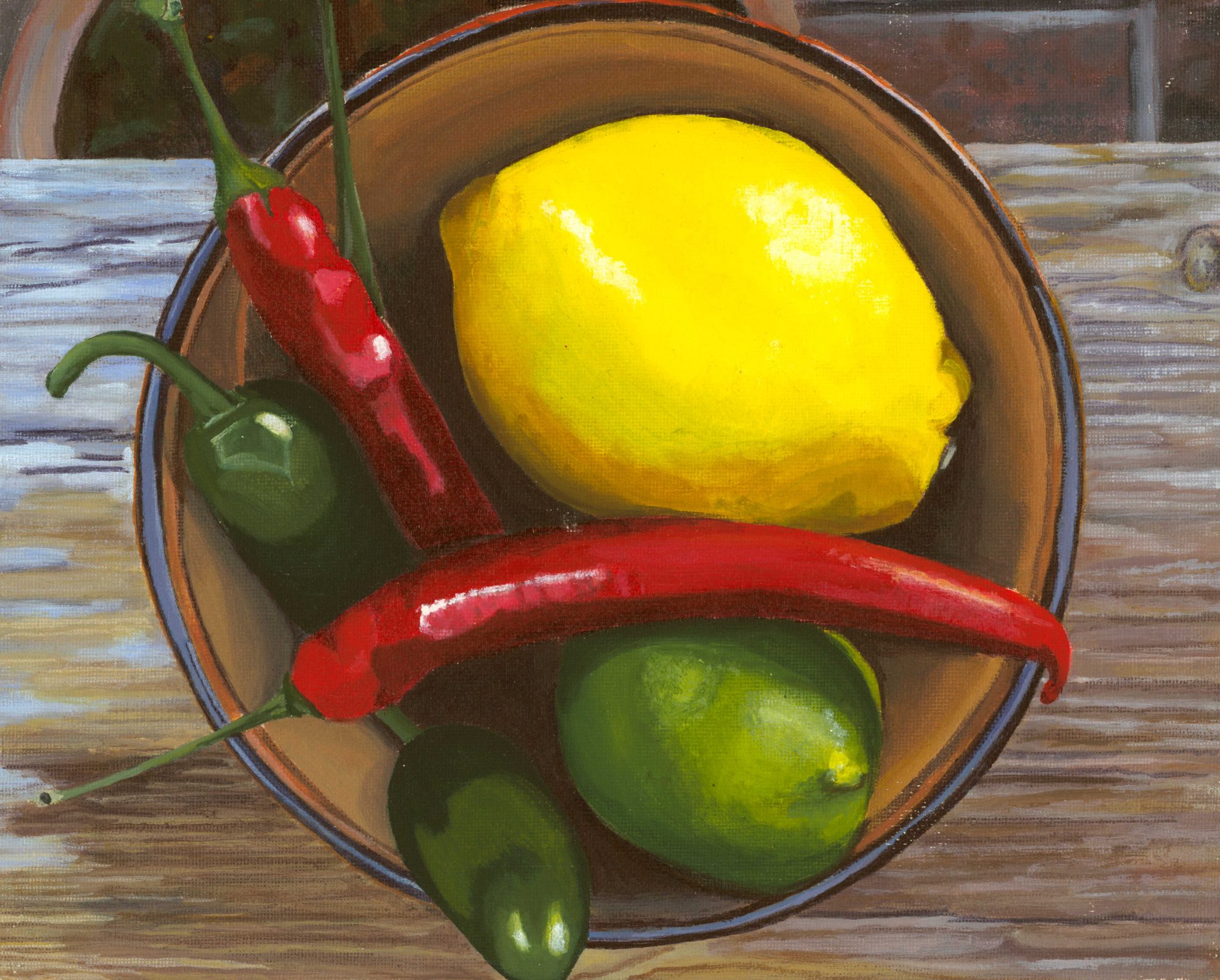or there is no spoon…
It’s all very well to say that a poor workman blames his tools, but the biggest and easiest improvement I made in the printing process was to ditch the cutter and buy a set of gouges – fixed steel blades with wooden bulb handles, sharp enough to cut wood. A knife sharpener, an old leather belt and a blue bar of abrasive compound – apparently known in Scouting circles as smurf poo – are enough to keep them that way.
Paper was easy enough to improve on, too: a roll of Chinese mulberry paper, inexpensive but light and incredibly strong, and a couple of dozen sheets of thick off-white printmaking paper did the trick.
Ink was more difficult. I tried some water-soluble block printing inks, with a strange oozing texture that probably means they are thickened with cornflour or something like that. It did a better job than the first ink I had but not by much. Being thicker, it didn’t bleed into the carved areas as much, but it didn’t transfer well onto the paper and dried too fast on the mixing plate.
Since I already had plenty of acrylic paint, I got some block-printing medium, designed to mix with paint half and half. Again, it kind of worked, but getting the right amount onto the plate was hard to judge: too little and the image was patchy and spare, too much and the print had a strange, spackled surface and lost details. Again, it dried too fast. Eventually I gave in and got some Safewash inks (oil-based but water-cleanable), and they work beautifully, although the prints take a few days to dry.
The single most difficult thing was the press – or lack of one. Even in the days when the advent of digital printing meant that etching presses were being scrapped or given to whoever would take them away, they were a big thing to take on, both in space required and the skills needed to keep them adjusted and maintained. Now they usually cost thousands of pounds. Even small book presses – where a flat plate is lowered from above and tightened down with a screw – take up more space than I have.
Then I saw a fascinating TED talk… just kidding, it was a set of short videos by a printmaker, showing how you could use an inexpensive tabletop machine made for embossing and die-cutting as a substitute for an etching press. You can see the videos here: http://www.outside-line.uk/wp-admin/post.php?post=253&action=edit
He was right, it works very well, at a fraction of the cost and space requirement of a proper press. It limits the size of the prints you can make, obviously (unless you print in sections, A4 is as big as it gets). But it’s easy to use and gives good consistent results, and it’s perfect for printing cards. So the spoon can go out to pasture, or wherever spoons go when they retire…
